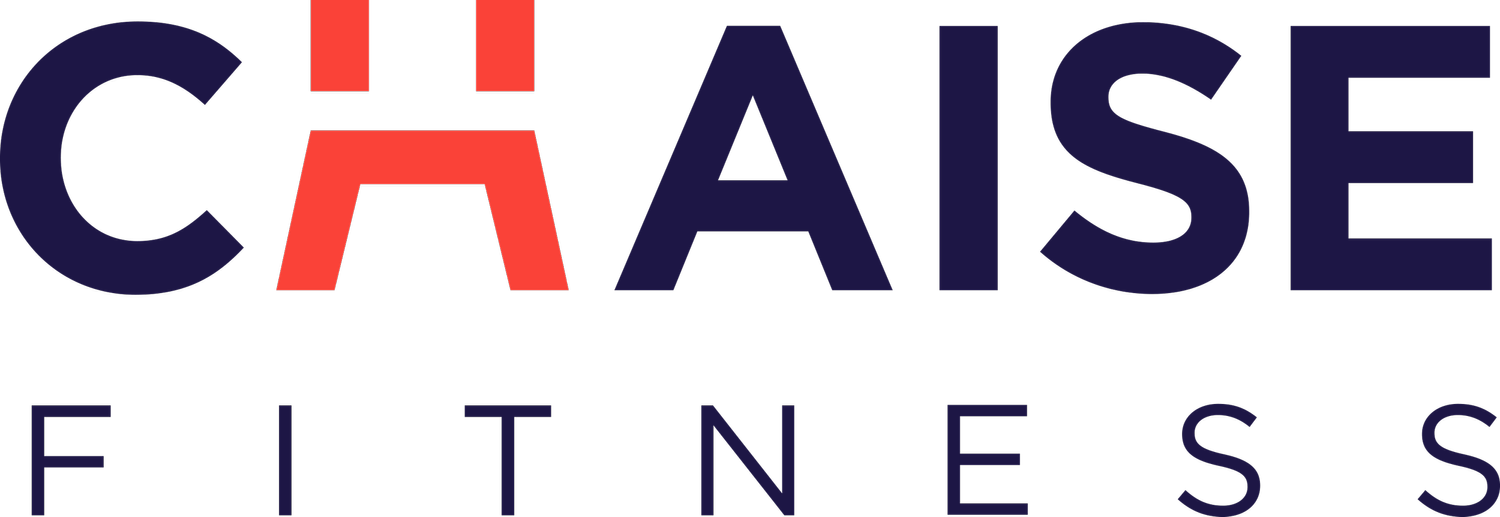Osteoarthritis and Pilates
Osteoarthritis is a condition that causes the joints to become painful and stiff. The severity and symptoms of arthritis can vary greatly from person to person and between different joints in one person. People will most often complain of pain and stiffness in the joints. This can include swelling and clicking or creaking. These symptoms can lead to reduced function and quality of life as you become less able to do the things you enjoy without pain. Almost any joint in the body can be affected by osteoarthritis but most commonly it is the hips, knees and small joints of the hands.
Osteoarthritis and Pilates
Causes of osteoarthritis:
Healthy joints will have a constant amount of damage and repair going on as we use them. This is normal and does not cause any symptoms. In osteoarthritis the protective cartilage on the joint surfaces start to break down gradually which can cause pain and stiffness. Sometimes there are bony changes as well aggravating the area further.
The exact causes are not known but we do know that certain things can increase your risk:
A family history of osteoarthritis
An injury to a joint
Joints already affected by gout or rheumatoid arthritis
Being female
Obesity
Older age
How do I know if I have osteoarthritis?
Osteoarthritis can be diagnosed on an Xray of the joint. This will be done in combination with an examination of your joints and the history of the symptoms you are presenting with. It is often diagnosed by your doctor or an orthopedic surgeon.
Treatment for osteoarthritis
Exercise should be top of the list for prevention and treatment of osteoarthritis. Although we cannot prevent osteoarthritis, we can ensure that the joints and muscles surrounding them are in good condition to withstand the forces that we put through them on a daily basis.
For those with osteoarthritis we know that the x-ray findings do not always correlate to symptoms. This means that without having to have surgery or change the joint surfaces we can potentially change the symptoms you are feeling. Exercise can help to change those symptoms.
Strengthening the muscles around a joint can help to reduce the load going through the joint surface. For example, in the knee we can change the symptoms by strengthening the quadriceps, hamstrings and calf.
Often people can be fearful of exercise as they are concerned it may make the symptoms worse. This can cause a negative spiral as when you do less, the muscles get weaker, and the joints get stiffer which can lead to more pain and more fear.
Exercise is safe and beneficial in osteoarthritis and should be encouraged for all at the appropriate level. Advice and education are key. The more you understand about your condition and how your joints respond to activity and loading the more you can manage your symptoms. Sometimes this may involve activity modification but keeping active and exercising is vital, so we would like to find a way for you to be able to do this and stay active.
Other treatments may include:
Weight loss advice
Supportive footwear
Pain killers
Injections
Joint replacement surgery
Pilates for osteoarthritis:
Pilates is a fantastic form of exercise for osteoarthritis as it is low impact, can be gentle and works on joint mobility as well as muscle strength. The other benefit of Pilates is that it does not focus on just one area of the body, we ensure that the whole body is working well and integrating effectively in your daily activities.
When you are seen one to one for clinical Pilates the program can be made specific to you and your needs. You will see changes in your posture, balance and whole body, not just specific strengthening around the one joint that is giving you symptoms. Everyone with osteoarthritis is different and will have different goals. We will assess you as an individual and teach and advise you appropriately with the right progression at the right times.
All exercise programs should be progressive as our body adapts to what we are doing. We need to progress to avoid a plateau in movement or strength. Pilates can be modified to work from a very low level to a very high level of strength to give a challenge for everyone. The Pilates equipment in our studios can be used to assist as well as resist movement so can help with this even more than mat Pilates alone.
Pilates Classes at ChaiseFitness
At ChaiseFitness, we believe that anyone can be fit—no matter what skill level or body type. This belief inspired the creation of our patented Reinvention Method, which is for everyone—the athlete, the dancer, the beginner, the advanced, the rebuilder. We blend Pilates, ballet, and strength training and equip you with a chair and overhead bungees so that you work out all your muscles every time. We are located in the Upper East Side in Manhattan. For more information, you can contact us at (973)996-2063, or visit our website.

